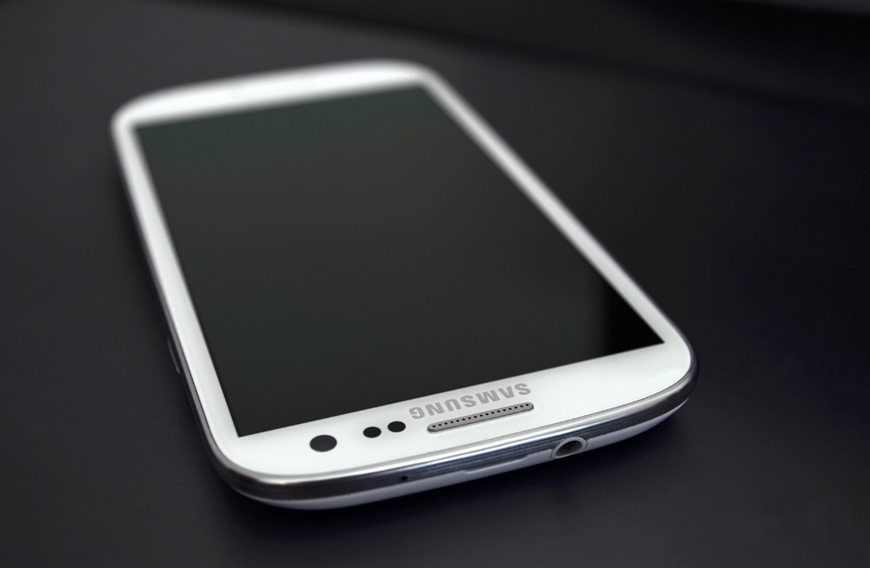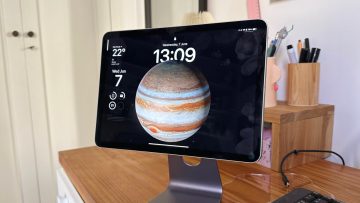Samsung (005930) stared down an army of critics when it launched the Galaxy Note in 2011. The 5.3-inch screen was viewed with deep suspicion by many industry experts. By August 2012, Samsung had sold 10 million units. Now the handset industry is set to face the onslaught of an armada of copycats. Huawei’s Ascend P2. ZTE’s Grand Memo. UMI’s X2. HTC’s (2498) One. Sony’s (SNE) Xperia ZL. And on and on. These smartphones all have display sizes ranging from 4.7 inches to 5.7 inches, and most of them are fairly close copies of the Note concept.
The handset market often gets flooded with a glut of models when a new technology or a design approach starts to get trendy. It happened with the first generation of 256-color displays more than a decade ago; and with the massive waves of first 1.3-megapixel camera phones and then 5-megapixel camera phones; and with touchscreen phones in 2008, a year after the first iPhone became a sensation.
But what may be different this time around is that there is considerable doubt about the grace period of premium pricing. A decade or even five years ago, handset vendors tried to hold the line on pricing when it came to new product niches. Relatively high-end vendors like Nokia (NOK), Motorola and Sony Ericsson had enough clout with operators to keep the overall pricing environment relatively benign.
In 2013, the handset market looks radically different. Low-end vendors from Asia have far more clout and their power is growing rapidly. Huawei’s global smartphone market share has already hit 5%. A trio of low-end Asian vendors tripled their smartphone market share in urban India between June and December, reaching 12%. ZTE is making major inroads in Western Europe. Latin America is getting flooded by budget brands from Spice to Micromax.
This time around, there may not be much time for high-end vendors to capitalize on the growing popularity of smartphones equipped with 5- to 6-inch displays. Micromax is already selling a 5-inch phone in India for under $220. UMI is now launching its X2 model with an ambitious 13-megapixel camera at $260. The quality of phones from budget vendors has improved radically over the past three years, partly because phones can now be designed so easily from off-the-shelf component suites. Nobody needs advanced in-house antenna design anymore.
This sheer number of jumbo smartphones is intimidating also because nobody really knows how great the demand is. Samsung’s Galaxy Note models did great business in 2012 partly because there was very little competition. The fact that Samsung managed to sell more than 15 million phablets in a year does not mean that the global market can absorb a dozen new models in the same category — particularly if Apple debuts an iPhone with 4.8-inch screen in early summer.
The industry clearly underestimated the demand for phablets in 2011 and 2012. If the past is any indication, it will now cheerfully swing to overestimating phablet demand in 2013. Once all these models ramp up over the spring, we are likely to witness truly eye-popping prices over the summer — unless the overall consumer demand really shifts decisively towards the phablet. As cool as a 5-inch display looks, it is hard to envision it as the dominant form factor.[bgr-post-bug]




